
Starlink Internet & Its Incredible Coverage – The Tech Behind Series
Julian Wallis
22 min read
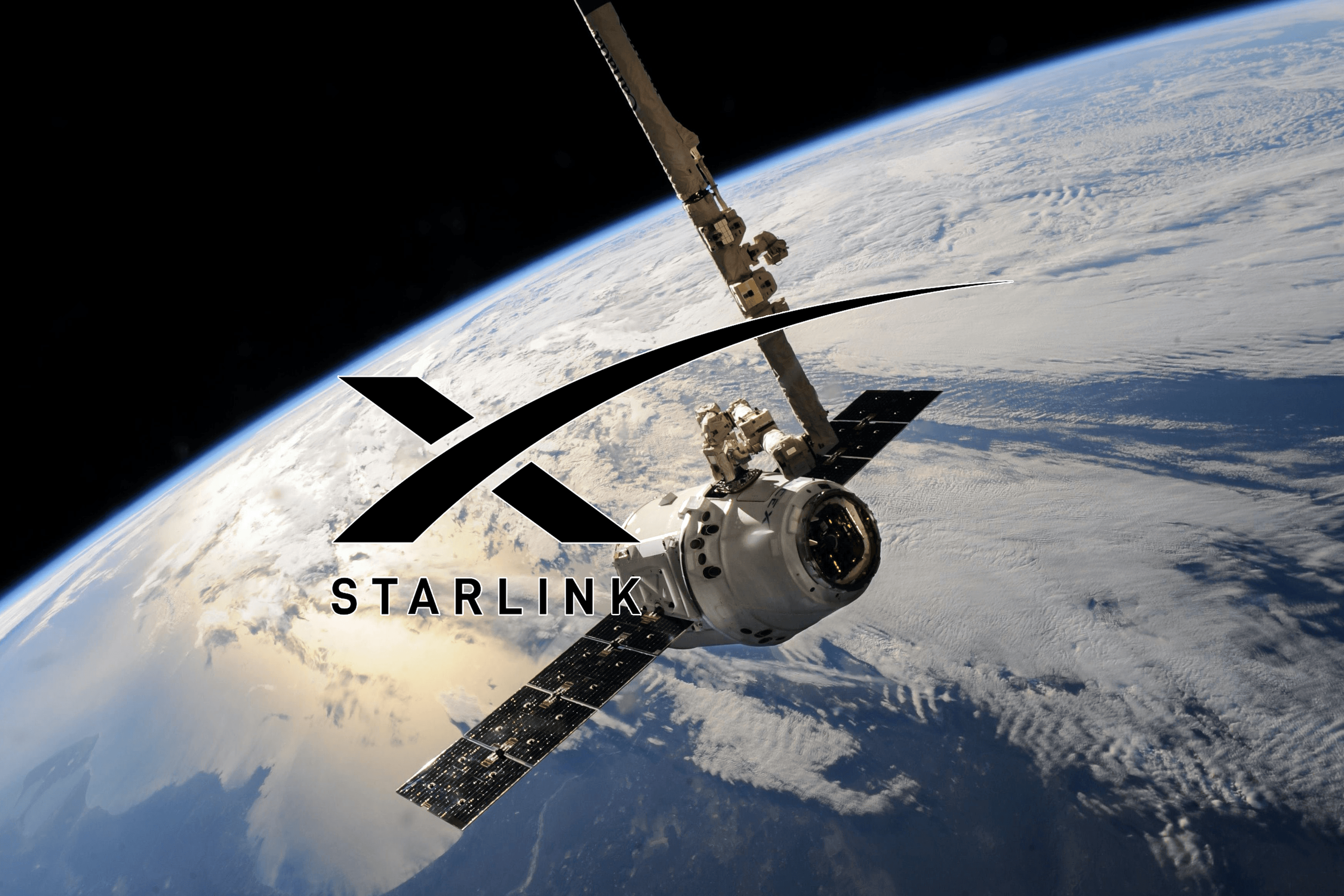
Imagine a world where you can access high-speed internet from the middle of nowhere using a single satellite dish that receives signals from an unobstructed sky from a satellite orbiting 550 km outside the earth’s atmosphere. That sounds like something out of a science fiction movie, right? Well, Starlink is turning fiction into reality!
What Is Starlink? ⭐🔗
Dubbed the “world’s most advanced broadband satellite internet,” Starlink is an innovative way of providing high-speed internet to users, and it’s changing lives for those in remote areas that don’t have access to traditional cable-based internet. Starlink is powered by SpaceX, the aerospace company founded by billionaire-entrepreneur Elon Musk. Starlink utilises a network of satellites orbiting the earth to beam high-speed, low-latency signals (the time required for signals to travel, which is roughly 20 ms) down to users on the ground.
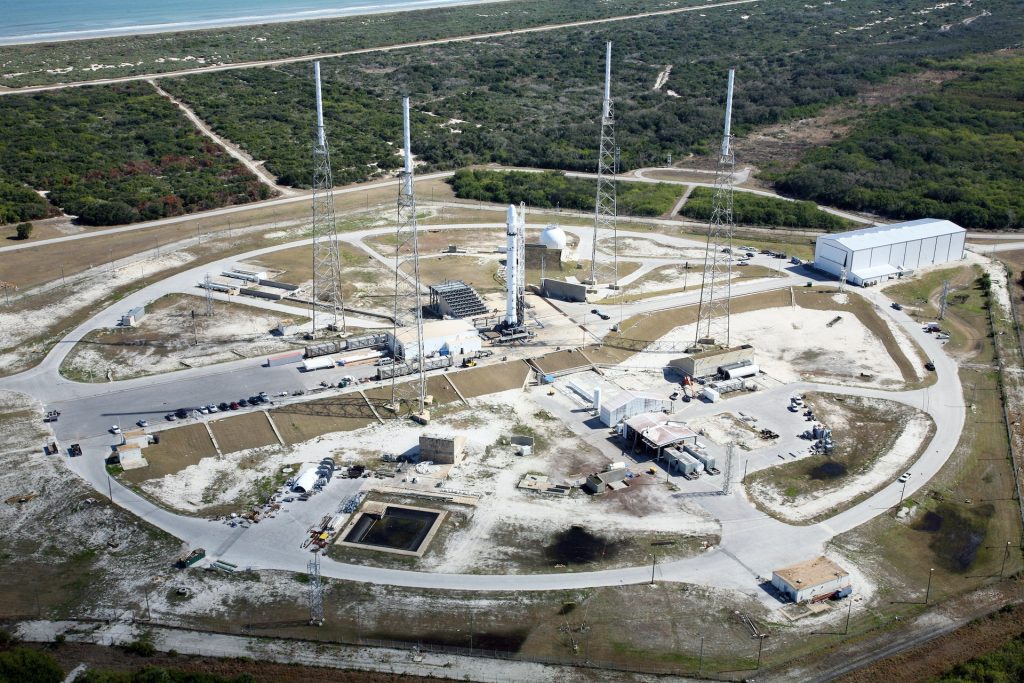
With Starlink, all you have to do is put a satellite dish on the roof of your house (or any place that can receive unobstructed signals), and then you can access the internet. The satellites are powered by solar energy and connect to each other to form a web of coverage. This means you can access the internet from almost anywhere, no matter how far away from a cable connection you are. The way it works is that Starlink beams internet data from the satellites to receivers on the satellite dish. The receivers then turn this data into a signal that can be sent to your Wi-Fi router and transmitted to any device in your home.
The Starlink system employs multiple layers of interconnected satellite orbitals to ensure a wide coverage area. Satellites are organised into planes, each plane composed of several dozen satellites at various altitudes between 550 kilometres and 850 kilometres above the surface of the earth. The higher altitude allows for an even distribution of signal strength across large regions, but it also means that the satellites need to move quickly to remain in their orbits. This is achieved by using advanced ‘thrusters’ — engines powered by pressurised gas that allows for calculated, precise manoeuvres while consuming relatively little fuel.
Another key component of Starlink is its ability to transmit signals through space. The system uses laser interlinks between satellites and phased-array antennas on the ground stations to ensure fast and reliable communication links. Lasers are used to send data packets at speeds over 20 times faster than traditional radio transmissions, enabling higher bandwidth services such as video streaming and large file transfers. Additionally, the phased-array antennas can focus their signal in a specific direction with minimal interference; this makes them ideal for transmitting data to multiple users simultaneously.
How Does Starlink Work? ⚙️
The Starlink constellation consists of over 2,000 satellites, each equipped with a phased array antenna that can quickly steer beams of broadband internet coverage to specific geographic areas. This ensures high data transmission speeds and low latency, making it ideal for everyday use. The satellites are also equipped with laser communications capability that allows them to communicate with each other at ultra-fast speeds.
The system operates in two parts: the ground network and the satellite constellation. There is a specialised user terminal on the ground that can be installed on or near a customer’s home or business to access the service, as well as several gateways that serve as communication hubs between the terminals and satellites. On the satellite side, thousands of small antennas track signals from the ground network, allowing the satellites to communicate with one another and relay signals between the ground terminals and gateways.
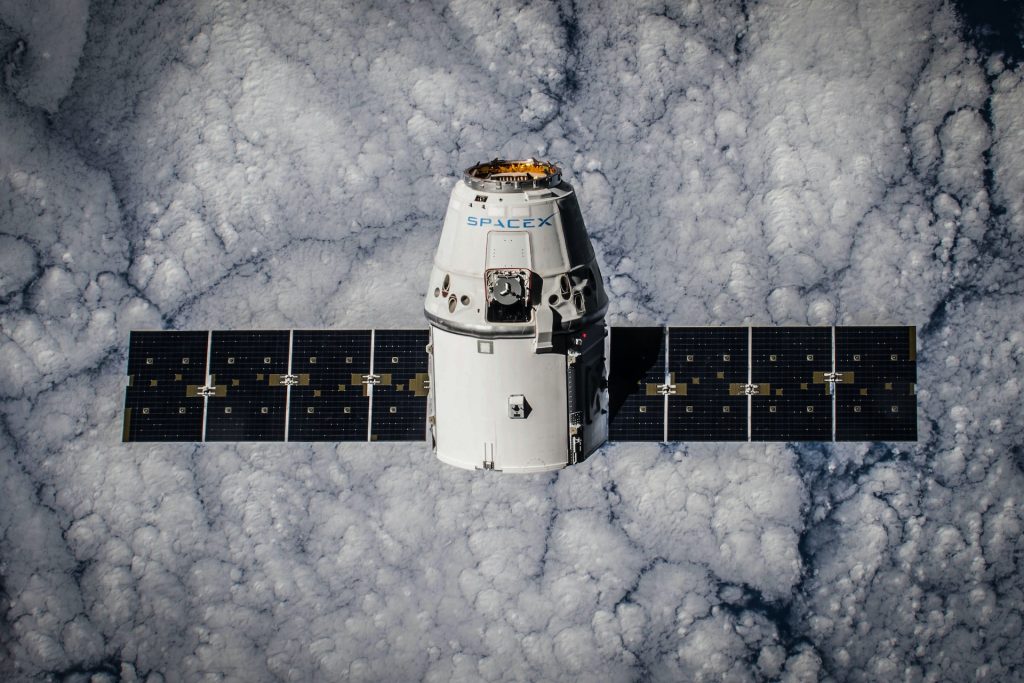
The satellites are also equipped with powerful systems that collect data from sensors onboard and send it to users on the ground in near real-time. This data can include things like weather patterns, air pollution levels, or even changes in the earth’s magnetic field. All of this information is processed by advanced algorithms that can be used to improve services such as autonomous driving, disaster response, and much more.
Starlink is a revolutionary technology designed by SpaceX and intended to revolutionise internet access worldwide. By utilising thousands of interconnected low earth orbit satellites, each equipped with powerful antennas and lasers to communicate with each other, Starlink can provide high-speed internet access and data transmission capabilities to customers in even the most remote of locations.
Additionally, the satellites can also collect a vast array of data that can be used to improve services such as autonomous driving, disaster response, and more. It’s an exciting time for those interested in space exploration and the future of global connectivity!
The Science Behind Starlink’s Success 👩💻
Before going all technical, let’s understand some basic differences between broadcast satellites and Starlink satellites.
🛰️ Differences Between Starlink & Broadcast Satellites
Satellite technology has revolutionised how we communicate, making it possible to stream TV programs and access data from incredible distances. Traditional TV dishes use parabolic reflectors to focus electromagnetic waves sent by broadcast satellites orbiting 350 kilometres away; however, Starlink’s dish does much more than receive signals — it also sends them!
When sending or receiving Internet data from a Starlink satellite at 550 kilometres above the earth’s surface, it is necessary for both beams of communication to be tightly focused for information transmission. This astounding feat is made possible by continually adjusting the angle between both ends until they are perfectly aligned with one another — an impressive display of human ingenuity that pushes boundaries even farther into space.

Starlink and broadcast satellites have some key differences. Starlink satellites are low-earth orbit satellites, meaning they operate at an altitude of around 800 kilometres or less above the earth’s surface. This is much lower than traditional geosynchronous orbit satellites, which are typically 35,400 kilometres above the earth’s surface. Because of this, Starlink satellites are much closer to the earth and can provide a much faster connection with less latency.
In addition, Starlink satellites use lasers to send data back and forth between them and ground stations, while broadcast satellites use more traditional radio waves. This makes the signal from Starlink more reliable and direct, while the signal from broadcast satellites can often be weakened by natural interference.
Each satellite consists of a compact, flat panel that minimises volume while autonomously avoiding any chances of collision. This reduces human errors and provides reliability as the satellites transfer data via optical space lasers.
Starlink satellites are designed to work together as a network, allowing them to provide seamless coverage worldwide. Broadcast satellites are typically used in isolation and rely on line-of-sight access to work properly. This means that broadcast signals must pass through the earth’s atmosphere to reach ground stations. This can lead to signal degradation and latency issues, which are not an issue with Starlink satellites.
Now, let’s dig deeper into a few technical details and specifications concerning Starlink’s devices. The Starlink Kit comes with everything you need to connect to the internet, such as the Starlink dish antenna, Wi-Fi router, power supply, cables, and a base.
📡 Anatomy Of A Starlink Dish
High-Performance Starlink Dish Antenna
While the standard Starlink dish is optimal for an everyday user, the high-performance dish is designed for power users and businesses that need a faster connection. Even at extreme temperatures, it allows for better performance as it can connect with more satellites easily.
When you order a high-performance toolkit, you will receive the dish antenna, a base, a power supply, and a router — along with some standard cables.
Flat High-Performance Starlink Dish Antenna
The flat high-performance Starlink dish will be the best option for people who are always on the move (or who live in challenging weather). Its wide field of view and enhanced GPS settings will connect to more satellites and allow for constant connectivity even when you’re speeding down the highway on an RV.
The hardware of the flat high-performance is designed to be a permanent installation, and it is resistant to extreme weather conditions. When you order this toolkit, you will receive the flat dish antenna, a power supply, a power supply mount, a router, and a router mount — along with various cables for ethernet and router.
All these dish antennas — standard, high performance, and flat high performance — will replace the old circular dish that beta users have been using for some time. The rectangular dish is lightweight (only weighs 9.2 pounds!) and is shorter in dimensions than the circular one (12 in x 19 in).

Photo Courtesy: r/u/mssfrance
Starlink Dish Anatomy
The Starlink antenna is a special motorised, self-orienting device that runs with a power of 50-75 watts. What’s interesting about this antenna is that when you look beneath the surface, you will find a wealth of sophisticated technology. Two motors and an ethernet cable connect the dish antenna to the router for initial setup.
Inside these dishes is a fascinating world full of intricate microchips with many complex traces linking them together like puzzle pieces and copper circles embedded in grid squares — all brought together on one large printed circuit board. It truly is incredible what can power something so small yet powerful: it runs with a minimal electric power of less than 75 watts.
With 1280 antennas in a hexagonal pattern arranged like a honeycomb, this massive array is able to send and receive electromagnetic waves angled toward Starlink’s satellite orbiting 550 kilometres away. A single antenna is composed of six layers. Inside its printed circuit board, it looks unrecognisable from old-school radio due to its intricate complexity. By combining all these antennas together with their microchips, they work seamlessly as an awe-inspiring phased array system.
The dish stands on a mount, which is designed to be permanently installed on roofs, poles, balconies, or even walls to avoid any obstruction. The dish also comes with cable routing kits, extended cables, mesh nodes, and ethernet adapters.
So that’s pretty much about the Starlink dish antenna, but how does it send and receive signals? Here come electromagnetic waves!
📶 The Science Behind Electromagnetic Wave Emission
Starlink uses electromagnetic waves to transmit signals. The dish antenna receives and sends electromagnetic signals to the low-earth satellites.
Consider any electromagnetic wave radiating from any antenna. At its core lies a microscopic transmission line feed connected to one small microchip — imagine it as a copper wire abruptly ending beneath the covering sack, delivering 12 GHz signals in a sinusoidal fashion, which oscillate between positive and negative once every 83 picoseconds, equating to about twelve billion times per second. Sounds wacky, right?
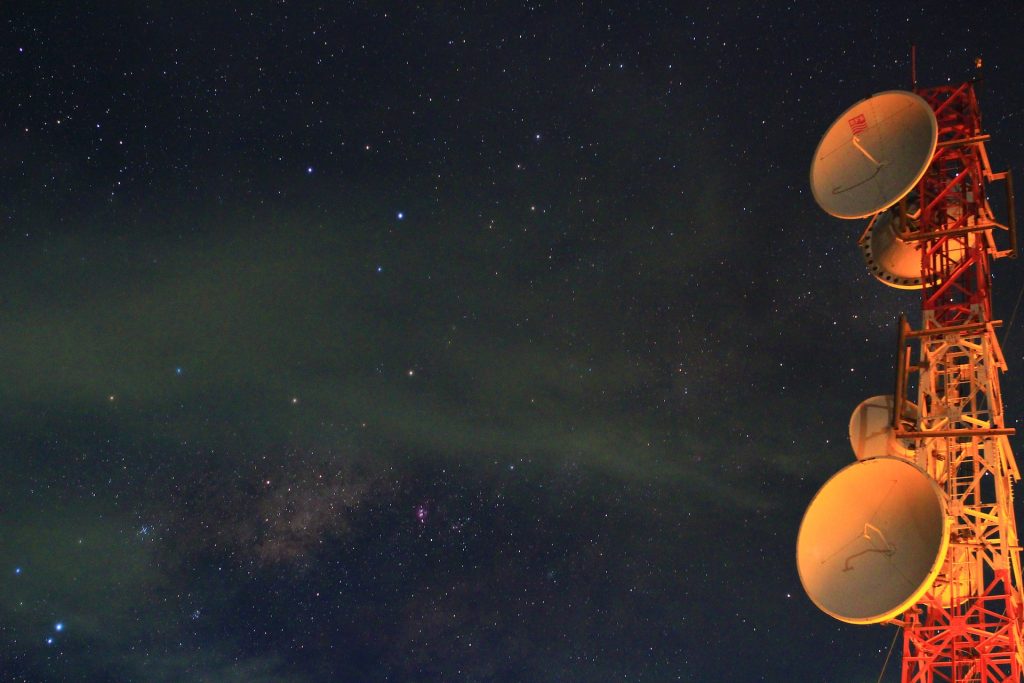
Here’s something even more technical. A voltage change creates a situation where electrons are driven to the very tip of the feed wire, creating an area with a negative charge. This repels further electrons away from it, including those on top of a circular patch, pushing them to one side and forming two opposing electric fields between the same patch and feed wire. The result? A positively charged area is formed on one half while its counterpart carries what can only be presumed as that signature negative energy.
The voltage in the copper feed wire is alternately flipped between positive and negative, resulting in a rapid oscillation of electric current along its length. This causes an equally fast flip-flop of electrical fields within the patch; electrons swoosh back and forth at an incredible speed of 42 picoseconds, creating crackles of energy. If you are having difficulty visualising this, think about Sonic, the hedgehog and how he sparkles as he moves in supersonic speed!
So that’s how electromagnetic waves are sent back and forth between the dish antenna and the satellite, creating a much lower latency for end users. Here’s a fun fact: contrary to popular belief, the waves emitted by Starlink dishes do not pose any threats!
Anyway, is the device capable of sending the signal hundreds of kilometres away? And how does it know which signals to send and which to receive? Here comes beamforming!
🔍 Beamforming Or Spatial Filtering
To reach the farthest reaches of outer space, a single tiny antenna isn’t capable enough. To magnify the signal and focus an electromagnetic beam powerful enough to make it through all that 550 km of darkness requires something much bigger — and that’s Starlink’s massive 55-centimetre dish with 1,280 identical antennas in formation. This superpowered array will help one small lightbulb of signal to turn into a beacon visible from outer space, thanks to beamforming (sometimes known as spatial filtering).
So what is beamforming?
Beamforming is the technique of combining all antennas’ power to achieve more powerful and effective signals. With two simplified antennas spaced a short distance apart, you can create an electric field with strength and direction that propagates outward in spherical shape in space — something like creating your own wireless bubble of signals. By syncing these oscillating waves generated from each antenna, beamforming creates amplified electromagnetic fields for better communication between devices.
The best thing is beamforming can be used to both send and receive signals. The beamformer from Starlink controls the phase and amplitude of signals from each antenna. It creates a pattern of interferences (like ripples in a pond), but what steers the signals from one point to another without moving the antenna is something called a phased array.
🎯 Phased Array Beam Steering
With a phased array antenna, i.e., hundreds of small antennas synchronised with picosecond precision, Starlink’s devices can track satellites across the sky without moving mechanically.
In other words, phased array beam steering is a technology that optimises satellite communication systems, such as SpaceX’s Starlink. It allows for the direction of beams to be changed quickly and accurately to provide more reliable satellite coverage. It can also be used to track different earth-bound targets by pointing multiple beams in different directions.
Phased array beam steering technology combines multiple radio signals from the same antenna to create directional signals that can be steered electronically. The result is an ability to send out beams over a wide range of angles and directions, allowing for more efficient communication coverage. This technology has been used in many industries, including telecommunications, defence, and space exploration.
With the advent of SpaceX’s Starlink, it has become a central component in their efforts to provide global internet coverage from space. Using phased array beam steering, Starlink can quickly and accurately target customers with individualised internet services for more excellent reliability and faster speeds.
Now let’s explore the often-repeated phrase “faster speed” a little further. How fast is Starlink’s internet? Is it true that it’s getting slower these days, as some have indicated?
How Fast Is Starlink Internet? ⚡🌐
Starlink’s internet service is quite fast, offering download speeds of up to 300 Mbps. This is significantly faster than other satellite services, which typically offer 25-50 Mbps downloads. Additionally, Starlink offers latency as low as 20 ms, meaning that webpages and other content will load quickly with very little lag time.

Starlink’s speed in the US has indeed seen a significant plunge over just one quarter, with recorded download rates declining from 90.6 Mbps to 62.5 Mbps and uploads dipping from 9.3 Mbps to 7.2 Mbps, as per Ookla speed tests, painting an alarming picture of technology taking several steps back instead of going forward as expected.
However, Starlink is working to remedy the situation. It aims to provide a combination of higher speeds and lower latencies, thereby making Starlink a great option for those looking for a reliable high-speed internet connection in rural locations where traditional broadband is unavailable. The company aims to provide its users with the benefits of having access to an ultra-fast internet connection without sacrificing quality or reliability.
Moreover, since Starlink does not require the installation of unnecessary cables to use its service, it offers users an extremely convenient way to connect to the internet with minimal effort. This makes it easy for people living in or travelling through remote areas to stay connected even with limited access to traditional internet infrastructure. It also means that users can enjoy faster speeds while browsing the internet, even when they are on cruise ships/yachts or driving across the country on an RV.
How Much Does Starlink Cost? 💵
You must be thinking: is Starlink expensive? The answer is YES, but wait, there’s more to that hefty investment you are thinking of making.
In Australia, you can order a Starlink plan, whether you’re in inner-city Sydney or somewhere in rural Western Australia. All you have to do is pay $924 upfront for hardware costs and $115 for shipping costs. With that $1,039, you will have all the required devices, such as the satellite dish antenna, a mounting tripod, and a router. You may have to pay $100 extra if you need a high-elevation tripod.
After you install it, you are expected to pay $139/month on average before taxes and fees when subscribing to Starlink internet service. This cost is not always lower than other satellite internet providers and traditional cable or fibre-optic options, although from all reports delivers a lot more!
In addition to the initial setup costs, Starlink may require additional equipment and hardware to ensure optimal performance. Starlink offers an optional Wi-Fi router that can be purchased with the service, intended to extend Wi-Fi coverage and improve signal strength in low-coverage areas.
Furthermore, users may also need a specialised mount for the satellite dish if they are installing it on a rooftop or other area where traditional mounting options are unavailable. Any additional costs associated with these items will depend greatly on user needs, preferences, and geographical location.
While Starlink internet service is not one of the most affordable options compared to other satellite providers and cable/fibre-optic packages, users usually go for it because of its ease of use and high speed. In all honesty, Starlink is meant for those without other reliable high-speed internet options, such as those living in rural areas or with long-distance driving professions, such as trucking. It’s also meant for heavy internet users since there aren’t any caps for priority access users. (The residential package still has a cap of 1TB of data/month under their fair usage policy.)
Since Starlink is relatively new, the prices are bound to lower as time goes on, as building and maintaining the internet will become less expensive. Starlink is growing, and users can expect a price decline once it covers the entire globe.
👨🔧 Starlink’s Different Plans & Services
Starlink offers several plans and services for customers to choose from. The company’s most popular plan is the Starlink Starter, which comes with up to 100 Mbps download speeds, 1 TB of data per month, and unlimited local calling at no additional cost.
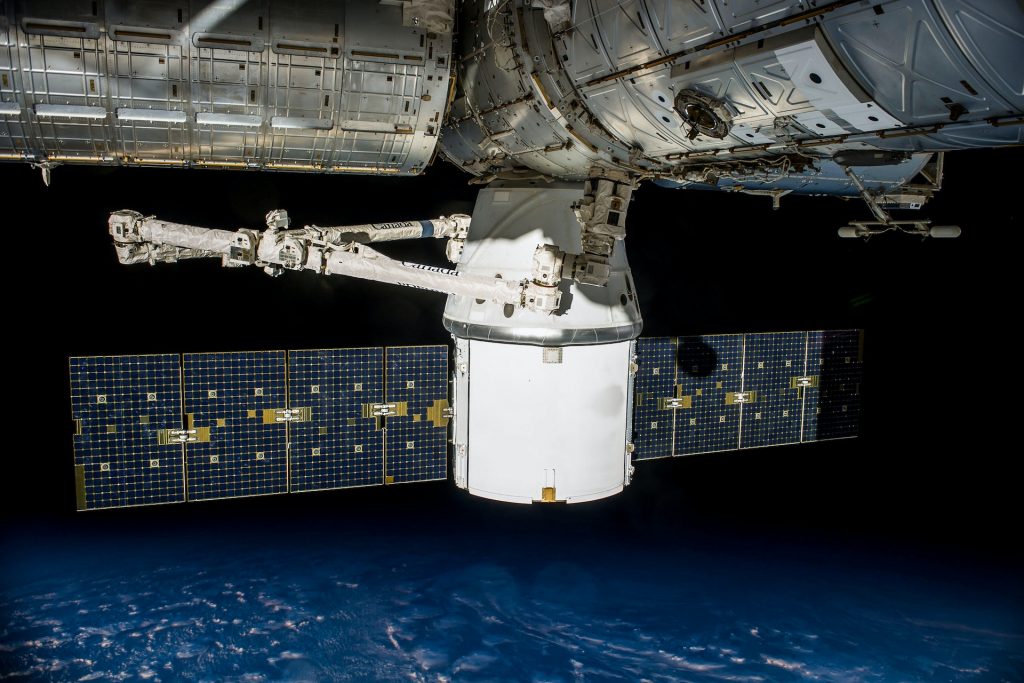
Customers can also opt for higher speeds or more data if they need them. Starlink offers TV bundles with hundreds of channels and on-demand content, as well as add-ons such as parental controls and a range of internet security features. For customers who prefer not to commit to a long-term contract, Starlink also offers month-to-month plans that come with no annual commitment or setup fees. Customers can also upgrade their plans easily if they find that their needs have changed.
In Australia, Starlink’s standard or basic access plan comes with $139/month, which comes with a cap of 1TB per month. If you need more data, you will have to pay $0.25 per gigabyte of data, and then you will become a member of additional priority access. This only applies to residential customers, not RV internet users.
With so many different options, Starlink makes it easy to find the right plan for any budget or lifestyle. Customers can use free installation and same-day activation when signing up for a new service.
The Availability Of Starlink & Ways To Connect 🔌
Starlink utilises a network of satellites orbiting the earth to provide a high-speed internet connection to users worldwide. The system currently covers most of North America, parts of Europe, and almost all of Australia — and will soon expand to other regions as more satellites are put into orbit.
Here’s an interesting fact: In Australia, Optus and Telstra, two major telecommunication companies’ total coverage does not even amount to a quarter of the nation, while Starlink’s alone is over 99%. That shows just how far Starlink internet can reach!

Starlink is designed for residential, business, and recreational uses, making it the perfect solution for connecting remote locations without reliable internet access. It can also be used in areas where other traditional methods, such as cable or DSL, may not be available. Starlink offers speeds up to 100 Mbps, with lower latency rates than cable, making it an ideal choice for gaming and streaming applications.
The system is easy to install and use, consisting of a small terminal that connects to the Starlink satellites to provide internet access. The terminal then links up to your device of choice via Wi-Fi or Ethernet cable. To ensure reliability, users can increase the number of satellites they connect to by purchasing additional terminals.
The best thing about the dish is that it is self-orienting and connects in minutes as long as it has a clear view of the sky. Any obstruction, such as heavy snowfall, tall trees, or building projections, might interfere with the steady flow of signals.
However, the Starlink dish can easily withstand extreme weather conditions, such as freezing temperatures or humid climates. Hail, sleet, and gale-force winds can’t really interfere with the signal flow!
⛈️ What Happens When The Weather Is Bad?
Starlink is designed to work in all weather conditions, including rain and snow. However, its performance can be affected by heavy rain and snowfall, as clouds or water droplets may block the signal from satellites in the atmosphere.
Additionally, high winds can cause satellite interference due to turbulence in the air. In cases of severe weather, it is possible that Starlink may not perform optimally. To ensure optimal performance when using Starlink during bad weather, it is recommended that you position the antenna away from any sources of interference (such as power lines or tall trees) and shield it if possible.
Also, one must make sure to have a clear view of the sky with no obstacles (such as buildings or trees) blocking your line of sight to the sky. If your equipment is still experiencing performance issues, try relocating to an area with better weather conditions.
Are There Any Shortcomings? ⛔
With over 30,000 satellites orbiting the earth and continuously sending signals to innumerable dish antennas, Starlink is slowly becoming the face of satellite internet. However, despite the tremendous potential and the ever-growing hype, there are a few limitations that users should be aware of before choosing Starlink.
Though Starlink covers almost all of North America and Australia, it is yet to reach other parts of the world, such as South America, Asia, and Africa. Countries from these continents might have to wait for a year or two before getting approvals. Besides the lack of availability, the do-it-yourself self-installation of Starlink might be frustrating for some users with little or no expertise in this type of technology. The entire process is cumbersome and arduous for people who do not know the technical know-how.
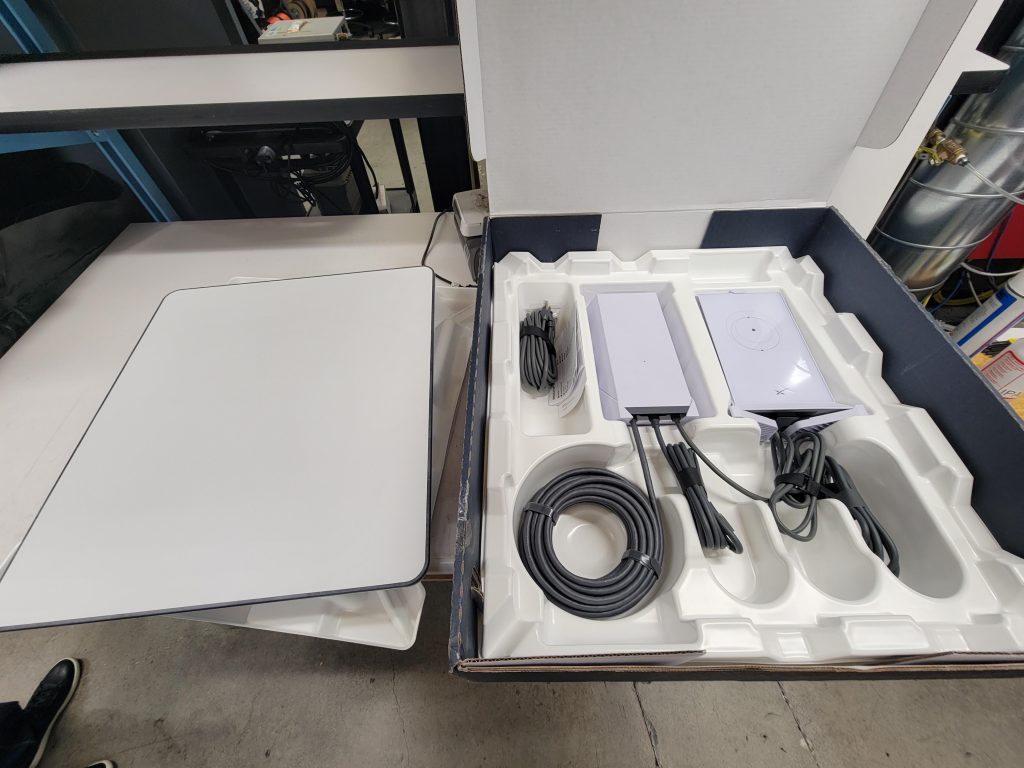
Photo Courtesy: r/u/3ricj
Another limitation is that Starlink is still slower than some cable internet providers. If speed is the only thing you are looking for, Starlink might not be your best option. What’s more, obstructions frequently create connectivity problems. If anything interrupts the electromagnetic signal, the internet will simply stop working. One must find a space with a completely clear sky overhead to be able to use the service. If you are living in a heavily populated area or in the middle of dense forests, chances are that setting up a terminal might be the most challenging of all tasks.
Also, if everyone in a city starts using the same satellite technology, it is bound to get slower as all the users will share the same bandwidth. This technology is more useful in rural or suburban areas with limited cable internet options. Despite these few considerations, Starlink is still a great option for people living in the nook and crannies and those on the move. Since Starlink is evolving, these limitations might turn out to be nonexistent in the days to come.
Starlink In A Nutshell 📋
So there you have it — a comprehensive look into the tech behind Starlink’s high-speed, low-latency internet. We hope that this technical blog article has given you ample information and insights into one of the largest and growing technologies in the world.
It’s evident that the implications of Starlink are far-reaching, and it’s safe to say that this technology could revolutionise how we access the internet going forward. It has the potential to provide fast, reliable internet services to more people than ever before — transforming how we all stay connected in the digital age.
With its expansion plans, Starlink is blazing a trail for high-speed connectivity that could benefit millions worldwide. As such, Starlink is certainly one technology that bears watching in the years ahead. Ultimately, it could be an integral part of our global communication infrastructure, connecting people everywhere and making access to information easier than ever before.
If you need more information about Starlink and how it can revolutionise the world in the days to come (or want to know more about other incredible futuristic technologies and how you can apply it to improve your business), feel free to reach out to us. We would be happy to help you with any questions you may have.
Topics
Published On
December 12, 2022

